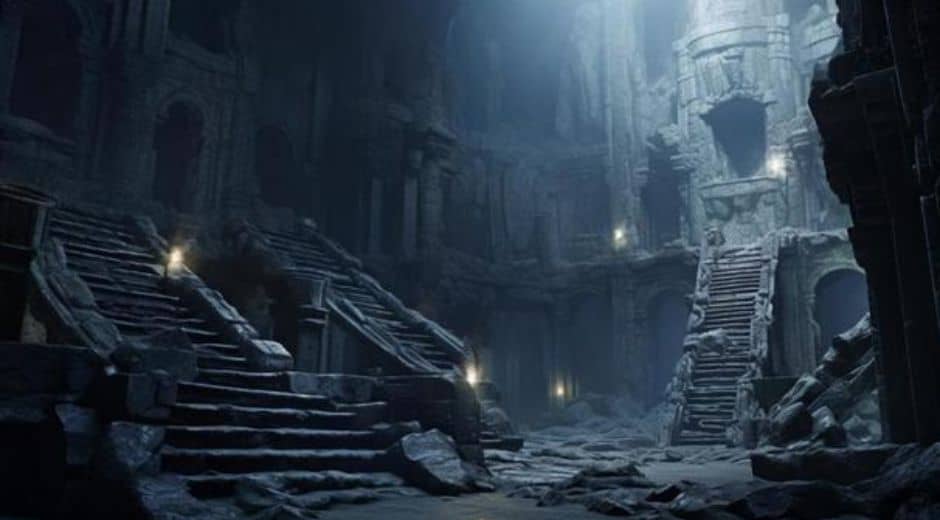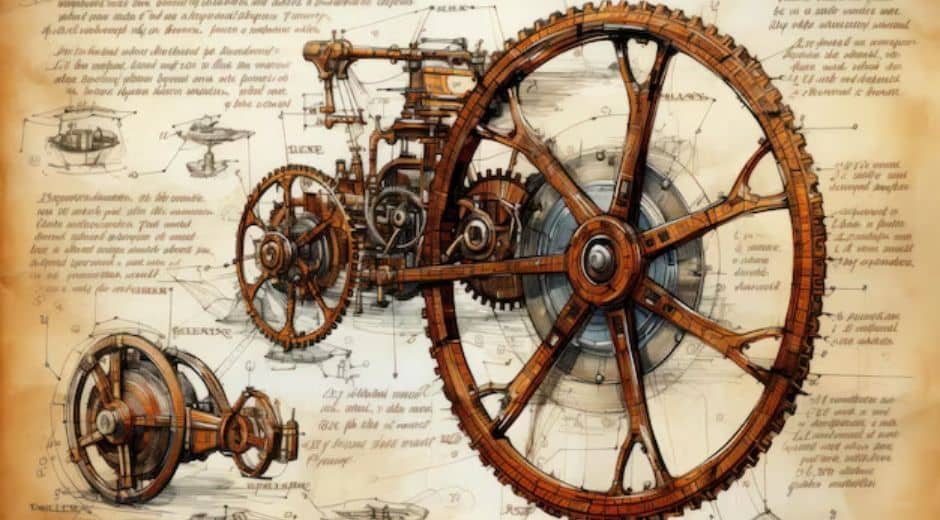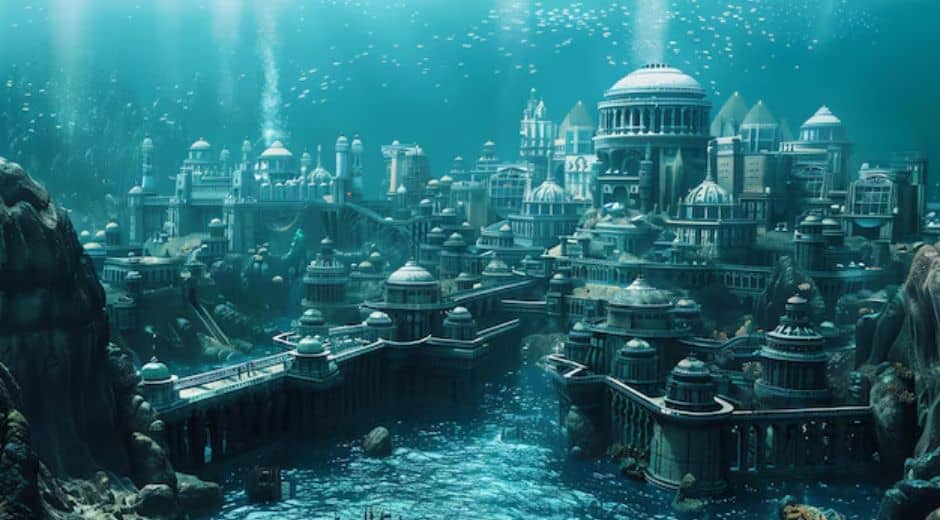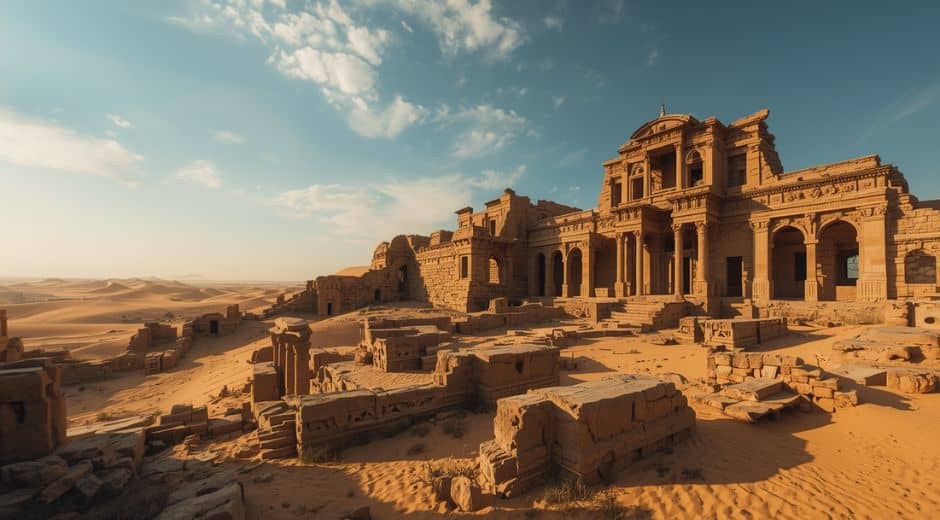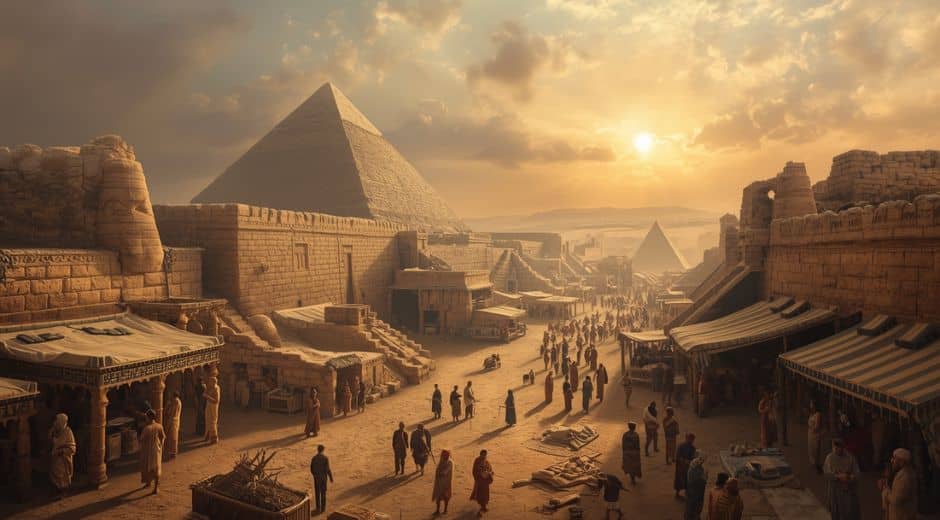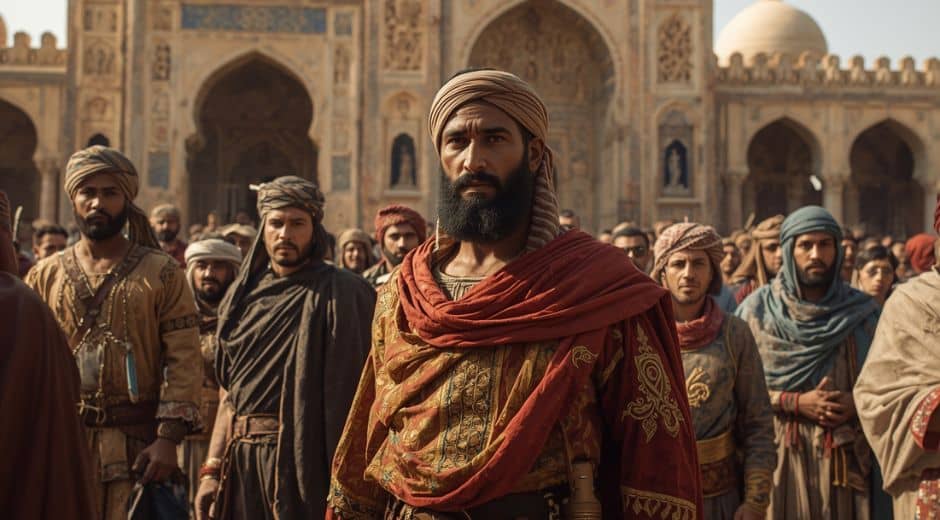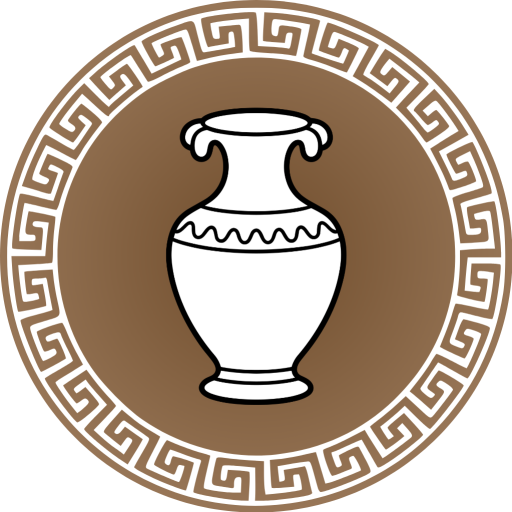Majestic Cosmic Order: How Ancients Understood the Universe
Majestic Cosmic Order: How Ancients Understood the Universe
Long before telescopes or theories, humanity looked up and found meaning in the stars. For ancient civilizations, the universe wasn’t random — it was structured, alive, and filled with divine purpose. Every celestial movement reflected a Cosmic rhythm, a harmony between gods, nature, and humankind.
From Egypt’s pyramids to the ziggurats of Mesopotamia, the heavens were a sacred map. The ancients believed the stars dictated seasons, destinies, and even the rise of empires. As recorded in History UK, their understanding of astronomy blended observation with mythology — a science of spirit, guided by reverence and curiosity.
The Meaning of the Cosmic Order
The concept of a Cosmic order wasn’t just about the stars — it was about balance. The universe, in their view, had a moral and spiritual geometry. Each god, element, and constellation played a role in maintaining harmony.
In Egypt, Ma’at represented this order — the divine principle that governed truth, justice, and equilibrium. When pharaohs ruled justly, they mirrored Ma’at’s perfection, keeping chaos at bay. In Greece, philosophers called this harmony the kosmos — a term still used today to describe the structured universe.
The ancients didn’t separate science from spirituality; both were threads of the same eternal fabric. Understanding the Cosmic meant understanding the self — one’s place in the vast design of existence.
Aligning Earth with the Heavens
Across the world, civilizations built monuments aligned precisely with celestial movements. These structures weren’t coincidences — they were architectural prayers.
The Great Pyramid of Giza aligned almost perfectly with true north. The Mayans designed observatories like El Caracol to track Venus, their sacred planet of time and transformation. Stonehenge, that eternal mystery, mirrors the solstices, marking the turning of light and dark.
These feats reveal not just advanced engineering but a profound desire to live in sync with the Cosmic pulse. Their stones whispered messages of devotion — humans grounding heaven’s rhythm into the soil beneath their feet.
Cosmic Beliefs and Human Purpose
For ancient thinkers, the stars offered both guidance and accountability. They believed that a life lived out of harmony disrupted the Cosmic balance, inviting disorder and misfortune. Kings and philosophers studied the sky to understand divine will and cosmic justice.
This belief in interconnection made their societies deeply aware of nature’s rhythm. Agriculture followed lunar cycles. Rituals mirrored planetary motion. Even laws were designed to reflect balance and fairness — an echo of the heavens’ perfect geometry.
At its heart, the Cosmic order was a moral compass — a reminder that humanity is part of something infinite and sacred.
The Philosophers of the Stars
Ancient Greece became the intellectual cradle of Cosmic philosophy. Thinkers like Pythagoras and Plato viewed the universe as a living organism, governed by mathematical harmony.
Pythagoras believed that numbers held mystical meaning — that the ratios defining a musical scale also defined the architecture of the cosmos. To him, the stars were not distant lights but vibrations of divine order, resonating through time and matter.
Plato later described the universe as the “visible god” — perfect in motion, unchanging in essence. The ancients saw wisdom in circular orbits, understanding that life itself was cyclical, returning always to balance.
Their search wasn’t merely intellectual; it was spiritual. By studying the heavens, they hoped to glimpse eternity.
The Cosmic Body of Nature
Nature itself was seen as a mirror of the universe. Rivers, mountains, and storms weren’t random — they were reflections of Cosmic forces manifesting on Earth.
According to BioNatureVista, ancient cultures used nature’s patterns — from spirals in shells to the orbit of moons — to understand energy, growth, and renewal. These patterns became sacred symbols, repeating across temples, art, and mythology.
The lotus of Egypt, the spiral of Greece, and the mandala of India all represented one idea: that creation follows order. The same Cosmic geometry found in galaxies lives within the smallest seed.
The Eternal Dialogue Between Science and Spirit
While modern science separates the measurable from the mystical, the ancients blended both seamlessly. Their view of the universe was holistic — emotional, intellectual, and divine.
They didn’t study the stars to conquer nature but to coexist with it. Their astronomy was poetry written in light. Their mathematics was a hymn to perfection.
Even today, physicists exploring the universe’s structure — from the golden ratio to fractal geometry — echo those ancient intuitions. The Cosmic harmony they sensed thousands of years ago continues to reveal itself in quantum patterns and galactic design.
Knowledge, in its truest form, has always been remembrance — rediscovering what the ancients already knew.
From Temples to Time Itself
Civilizations used Cosmic order to measure time, direct faith, and inspire architecture that defied mortality. Calendars were sacred instruments, translating celestial motion into human rhythm.
The Mayans tracked cosmic cycles spanning thousands of years, believing that time itself was alive — breathing through the stars. In Egypt, temple walls recorded solar alignments marking the equinoxes. Every beam of light was a dialogue between sun and soul.
Through alignment and awareness, they turned the universe into a teacher — and time into scripture.
The Legacy of Cosmic Thought
What makes the ancient worldview enduring is not just its precision but its purpose. They understood something we often forget — that to live beautifully is to live in harmony with the Cosmic pattern.
In our modern rush, we’ve lost sight of that balance. Yet, through every discovery in astronomy or spirituality, we return to the same truth: the universe is not chaos — it’s connection.
At Chronostual, this philosophy inspires us to see history not as distant, but alive. The same stars that guided ancient eyes still guide us now — silent, radiant witnesses of humanity’s endless search for meaning.
The Universe Within
The ancients believed that the human body reflected the structure of the cosmos — that within our hearts, the Cosmic rhythm beats. We are microcosms of the great design, threads woven into eternity.
Their understanding reminds us that the universe is not above us but within us. To live consciously is to live cosmically — to move with grace, awareness, and gratitude in the grand dance of existence.
And perhaps, that is the greatest wisdom they left behind — that we are not observers of the universe, but participants in its harmony.
History Insight Legacy

The French Revolution: When the People Rose
The French Revolution ignited a new era of freedom, equality, and human rights, transforming society and inspiring movements that shaped the modern world.

Leonardo da Vinci: Genius Beyond Time
Leonardo da Vinci, the ultimate Renaissance mind, merged art, science, and imagination to redefine creativity and human potential across centuries.

The Black Death: Hidden Impact Behind the Plague
The Black Death reshaped medieval Europe in ways beyond devastation, triggering hidden social, cultural, and economic transformations that redefined civilization.





